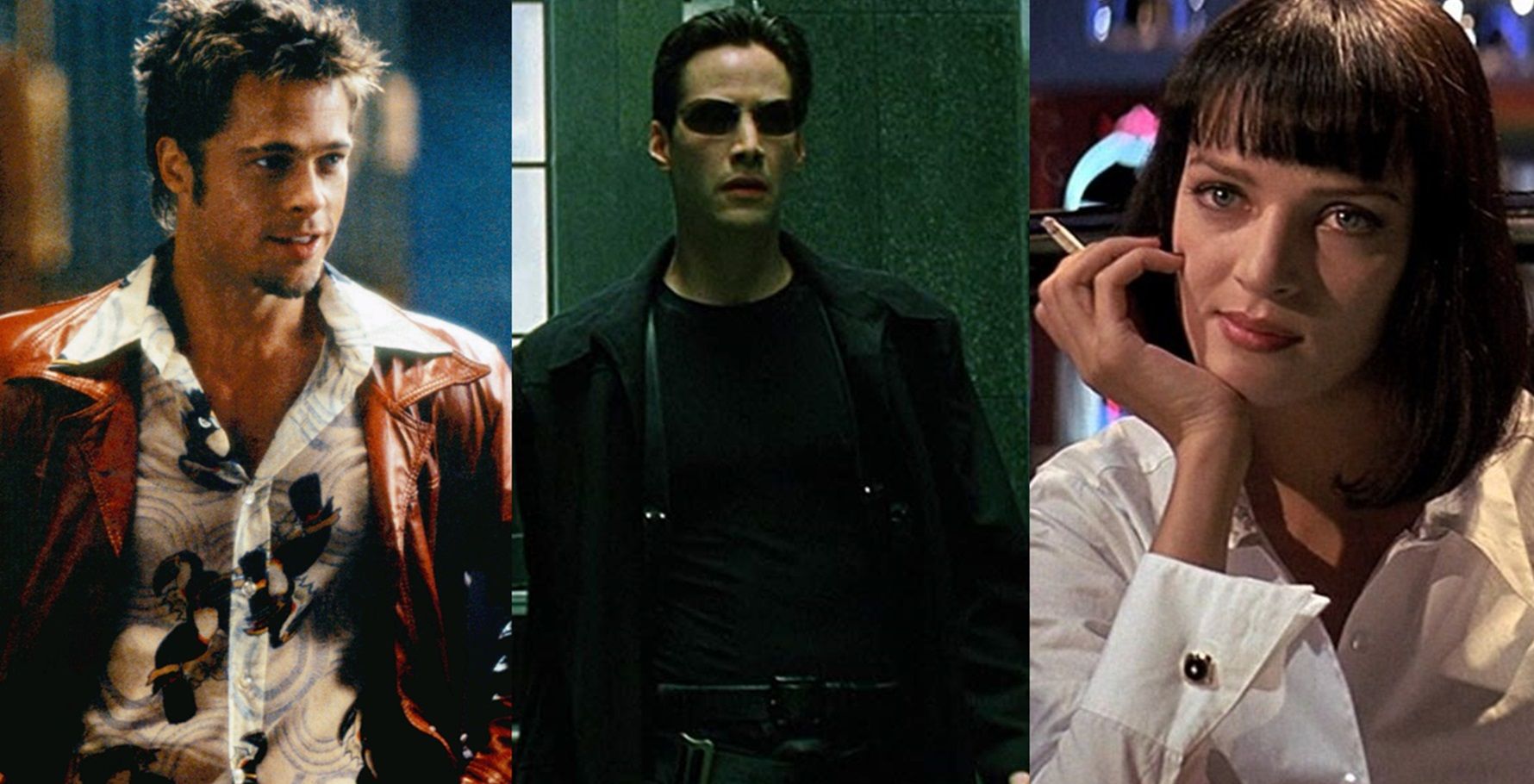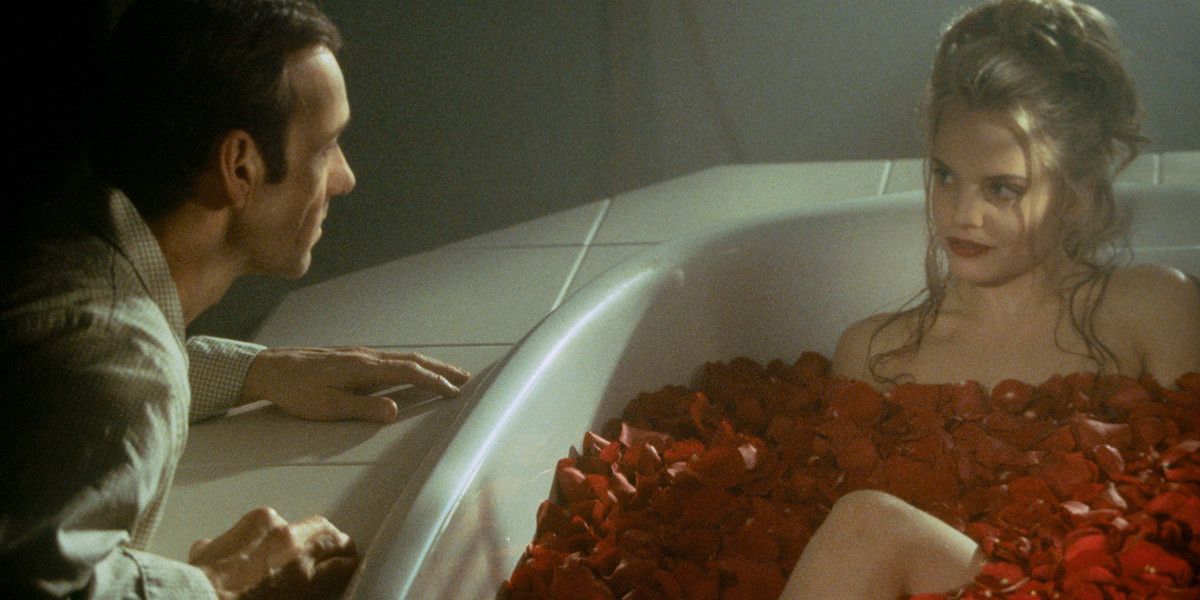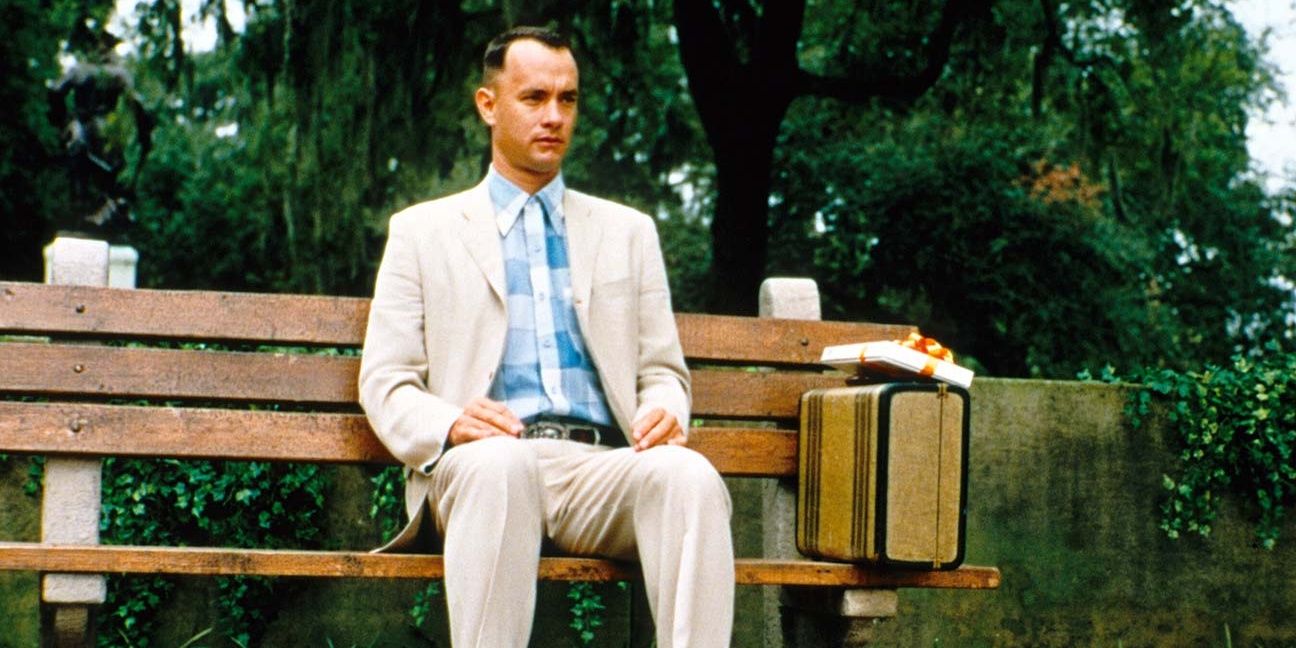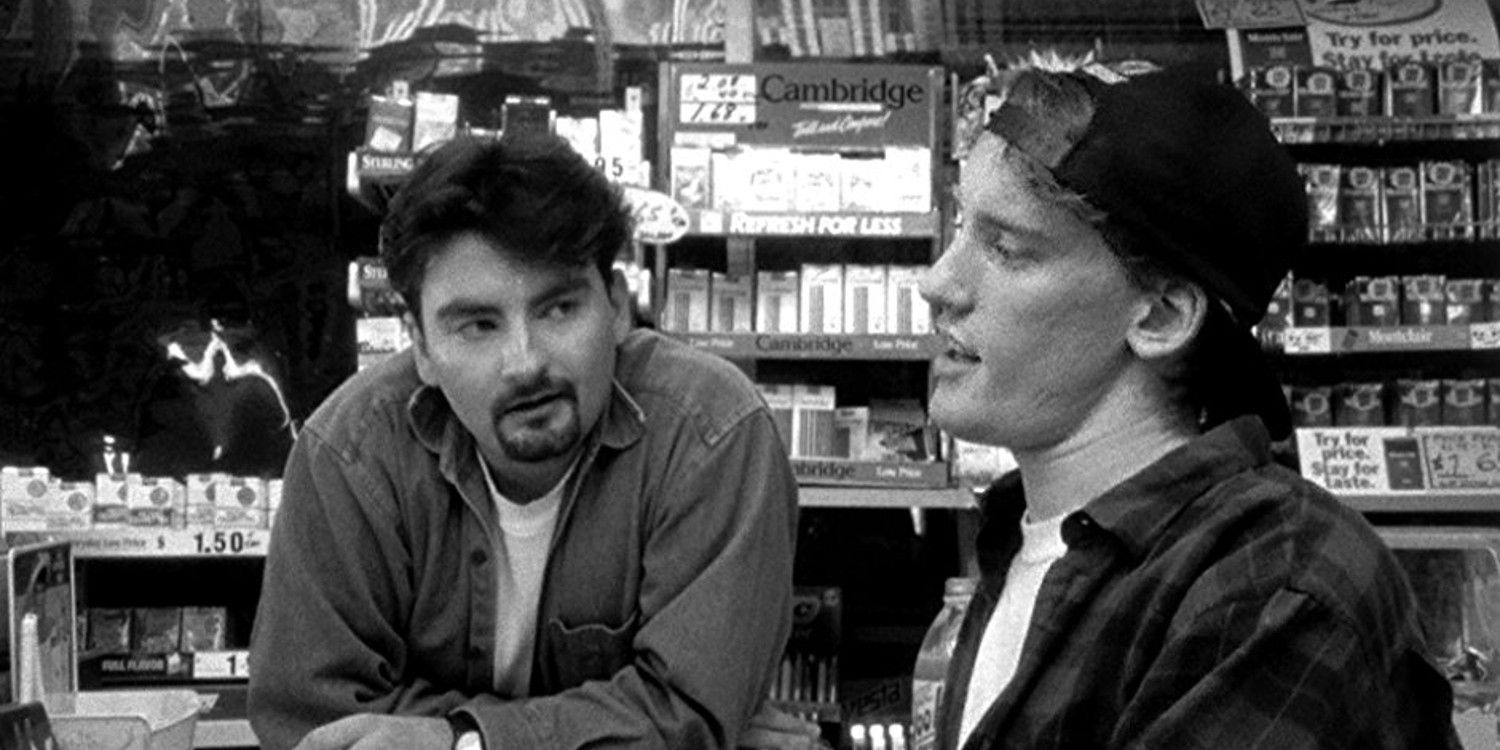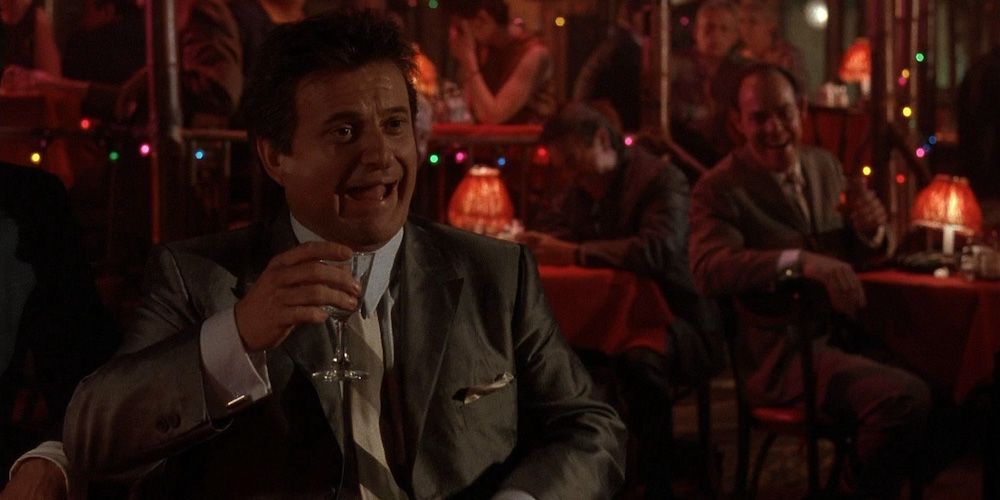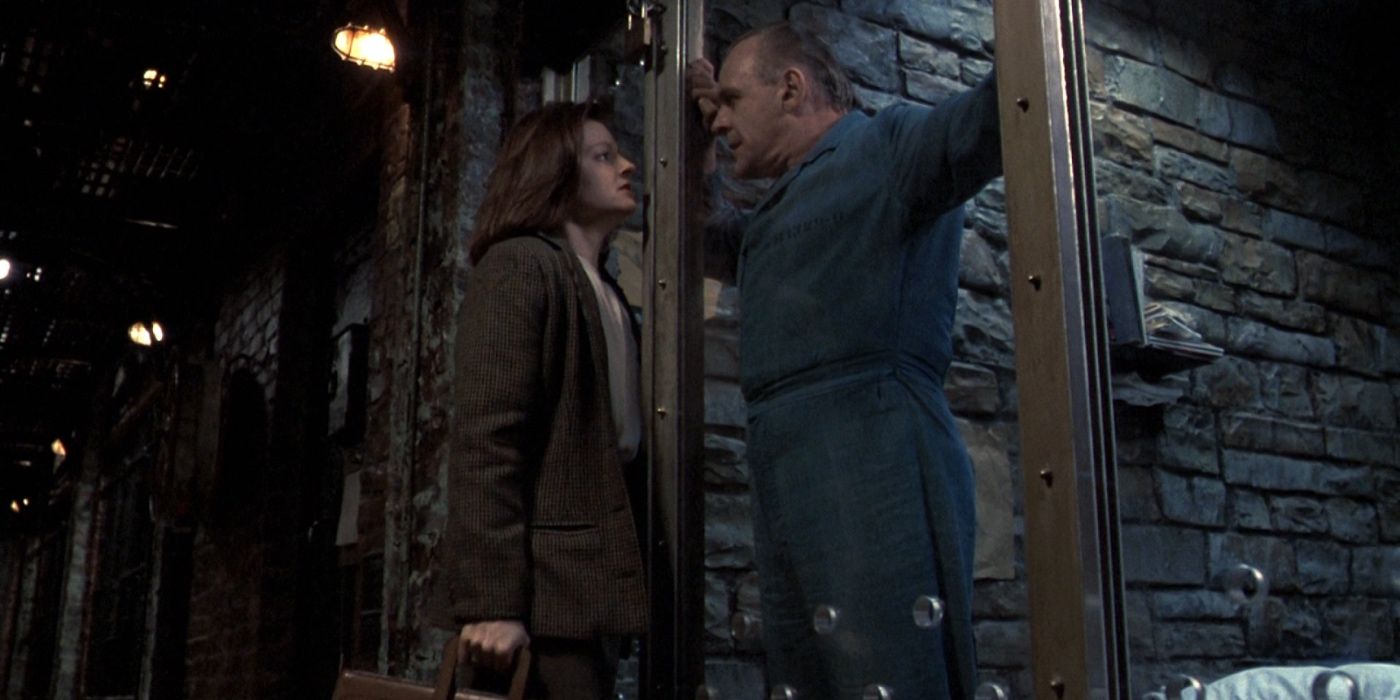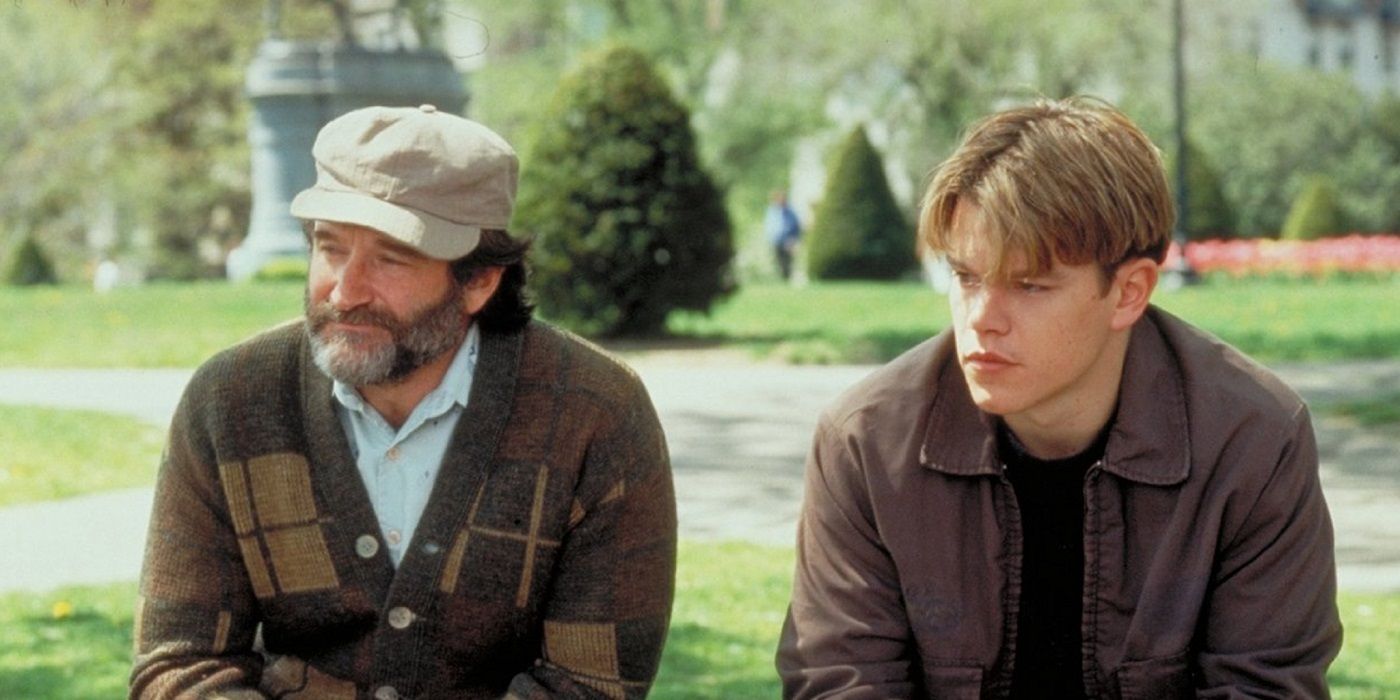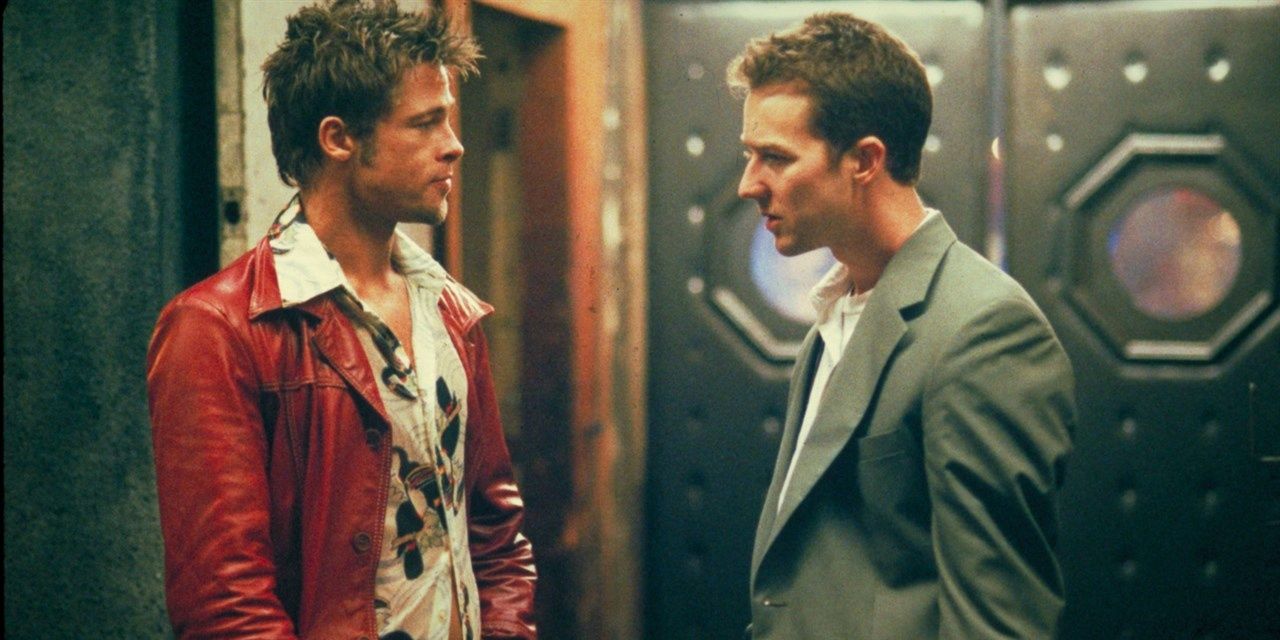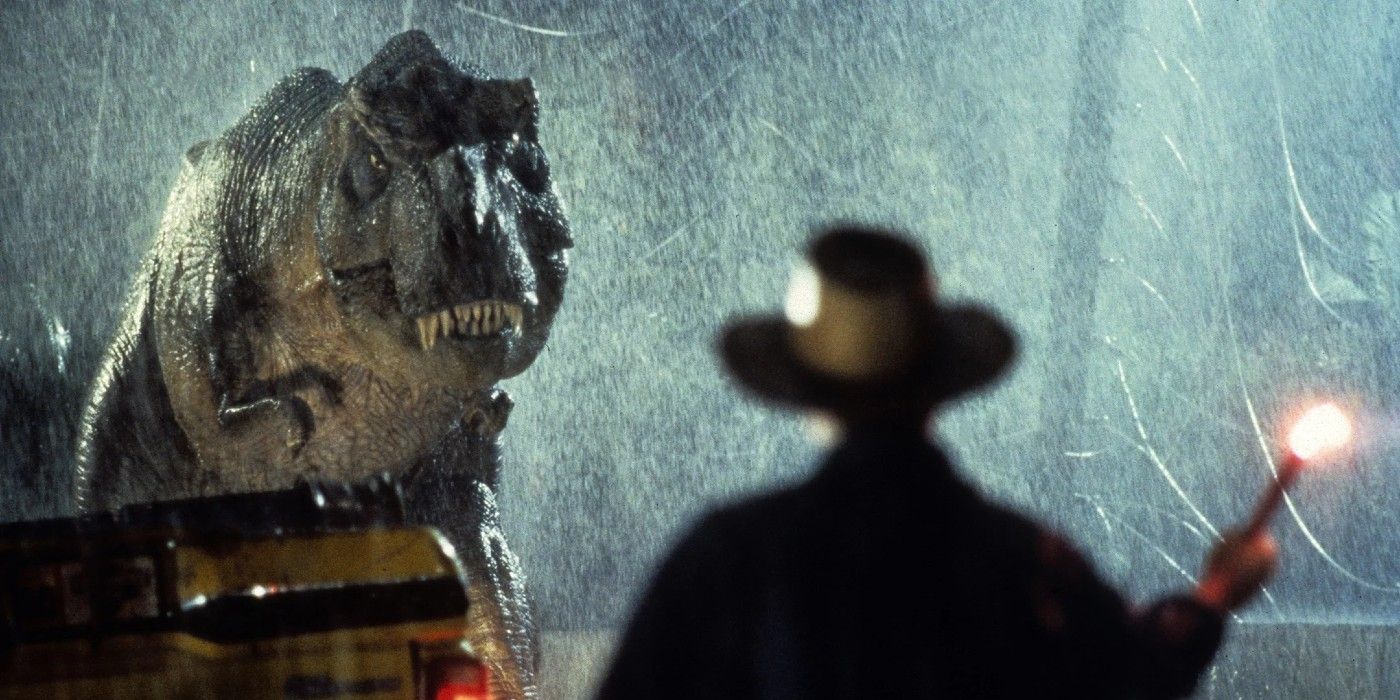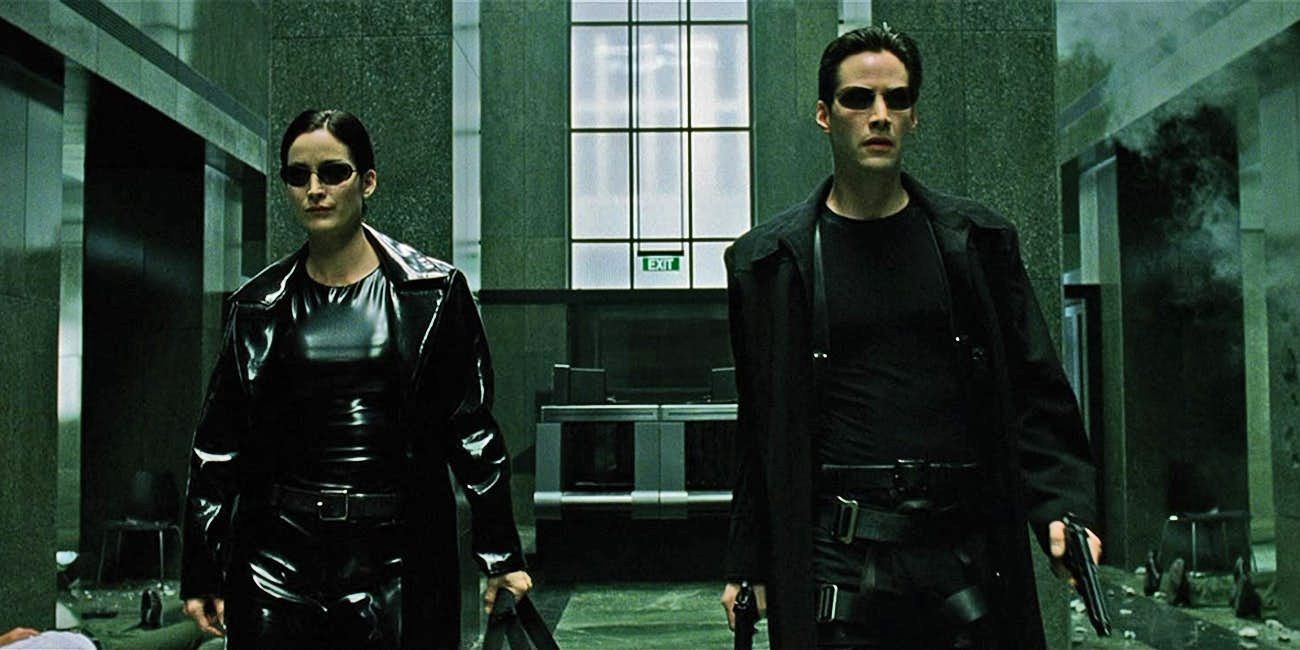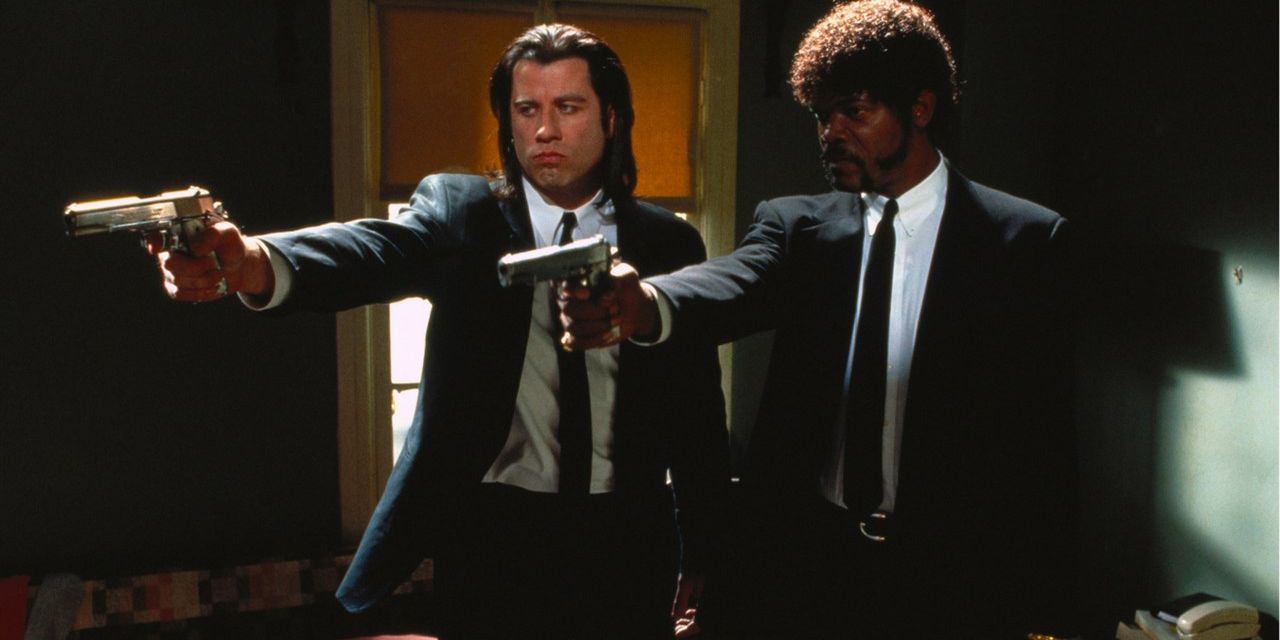As Y2K loomed and the U.S. President was impeached amid a sex scandal, the 1990s were a pretty crazy time. Generation X dominated the moviegoing public. Auteurs like Quentin Tarantino and Kevin Smith reinvented independent cinema and re-established its place in the mainstream movie market. A non-linear crime thriller about an unseen heist gone wrong or a black-and-white comedy about a mundane existence in New Jersey could captivate audiences at Sundance and breakthrough to a wide release.
At the same time, Hollywood studios were pioneering computer-generated effects and revolutionizing blockbuster filmmaking. So, with all this in mind, let's take a look at ten movies that defined the cinema of the time.
American Beauty (1999)
Although it’s uncomfortable watching Kevin Spacey play a sexual predator with everything that’s come to light in the real world, Sam Mendes’ American Beauty is an undeniably spectacular movie. So many perfectly framed moments (e.g. Lester’s reflection in his computer screen in his office, with a database looking like bars on a prison cell) resonate universally.
The film’s symbolic use of roses and rose petals – and, in broader terms, the color red – can be seen to represent everything from repressed emotions to sexual lust. Specifically, the rose can be seen to symbolize the facade of materialistic suburban families.
Forrest Gump (1994)
Although it’s often dismissed as a bubblegum 20th-century history lesson, Forrest Gump is actually a lot more cynical than most people remember. Robert Zemeckis took a pure, innocent, almost childlike character and confronted him with America’s best and worst times from the past century.
The movie wouldn’t work anywhere near as well without Tom Hanks’ iconic lead performance. With Hanks at the helm, Forrest is an endearing figure that we gladly follow through such historical events as Hurricane Carmen, the Vietnam War, and the HIV crisis.
Clerks (1994)
Shot in black-and-white because that was all first-time indie filmmaker Kevin Smith could afford, Clerks has a real sense of place. Whereas most Hollywood comedies smack of inauthenticity, Smith’s movie is closely identified with its New Jersey setting.
Smith filmed Clerks in the convenience store where he was working at the time. He worked there all day and shot the movie throughout the night. It was at the forefront of the resurgence in independent cinema that marked the ‘90s.
Goodfellas (1990)
Martin Scorsese’s latest film, The Irishman, has a lot in common with his 1990 masterpiece Goodfellas. It’s a gangster movie with nonlinear storytelling, freeze frames, long takes, and an abundance of voiceover narration. But Goodfellas is, by far, a more kinetic movie.
This was an intentional move by Scorsese, as The Irishman is a more mature, more contemplative film than Goodfellas. Goodfellas comes at you like a speeding bullet. The Irishman feels like its three-and-a-half hours long, whereas Goodfellas’ two-and-a-half hours fly by.
The Silence Of The Lambs (1991)
Perhaps due to the nihilistic tendencies of Generation X and the rise of actual mass murders, the ‘90s saw a surge of serial killer movies – Se7en, The Bone Collector, Kiss the Girls, Copycat, Natural Born Killers – and easily the best of the bunch is The Silence of the Lambs.
It’s a timeless chiller, with brilliantly realized characters. It was the third movie ever to win Oscars in all five major categories, and it was the first and is still the only horror movie to win Best Picture.
Good Will Hunting (1997)
Written by Matt Damon and Ben Affleck when they were just a couple of struggling actors from Boston, Good Will Hunting is an incredibly intimate and personal story, with very specific roots, that resonated emotionally with millions of people around the world.
Damon and Affleck’s on-screen chemistry is terrific, but the pairing that defines this movie is Damon and an Oscar-winning Robin Williams as his character’s sweet, down-to-earth psychiatrist, in easily his best dramatic performance.
Fight Club (1999)
David Fincher’s film adaptation of Chuck Palahniuk’s novel Fight Club is the king of all cult classics. Edward Norton’s Narrator character is a proxy for every bored corporate droid in America (also captured perfectly by Ron Livingston in 1999’s Office Space). He becomes so disillusioned with his clerical job and mundane existence that he joins forces with Tyler Durden and establishes a chain of underground fight clubs where like-minded citizens beat the heck out of each other, just to feel something.
Framing this movie as a pitch-black comedy, doubling down on the insanity, was a smart move. It would’ve been easy to water down Palahniuk’s source material and produce a generic Hollywood thriller.
Jurassic Park (1993)
Everything that the 2015 reboot Jurassic World did wrong, the 1993 original Jurassic Park did right. The problem with Jurassic World is that its characters have no identity (fans don’t call Owen Grady by his actual name; they just call him Chris Pratt), and so we don’t care what’s happening to them, or if they’re in danger.
Alan Grant, Ellie Sattler, Ian Malcolm, and Tim and Lex Murphy, on the other hand, are well-rounded characters, and when they get into danger, we care. Nothing in the new Jurassic outings has been anywhere near as tense and masterfully crafted as the velociraptors-in-the-kitchen scene from the original movie.
The Matrix (1999)
The Wachowskis’ The Matrix, a curious blend of martial-arts action, live-action anime, cyberpunk sci-fi, and literary allusions, was considered a risky project by the studio, and on paper, it’s easy to see why. But this movie really clicked with the zeitgeist. Every ‘90s moviegoer’s conception of reality was tested as an office drone named Thomas Anderson found out he was “the One” and that the whole world is just a simulation and we’re all plugged into a machine in vats of goo.
Keanu Reeves has since played an even more iconic role than Neo, but Neo is still a compelling protagonist (in the first movie, at least; he was turned into a confused CG-driven Christ figure in the sequels).
Pulp Fiction (1994)
After bursting onto the scene with Reservoir Dogs in 1992, writer-director Quentin Tarantino proved he wasn’t a one-trick pony with an even greater sophomore effort. The early ‘90s brought on the dawn of postmodernism. Everything had already been done, so innovation meant mashing together what had already been done and playing on the audience’s expectations to create something new.
With its use of intertextual references, nonlinear storytelling style, and self-awareness, Pulp Fiction is the pinnacle of postmodern cinema. It put other movies of the time to shame and became the first indie movie to cross $100 million at the box office.

